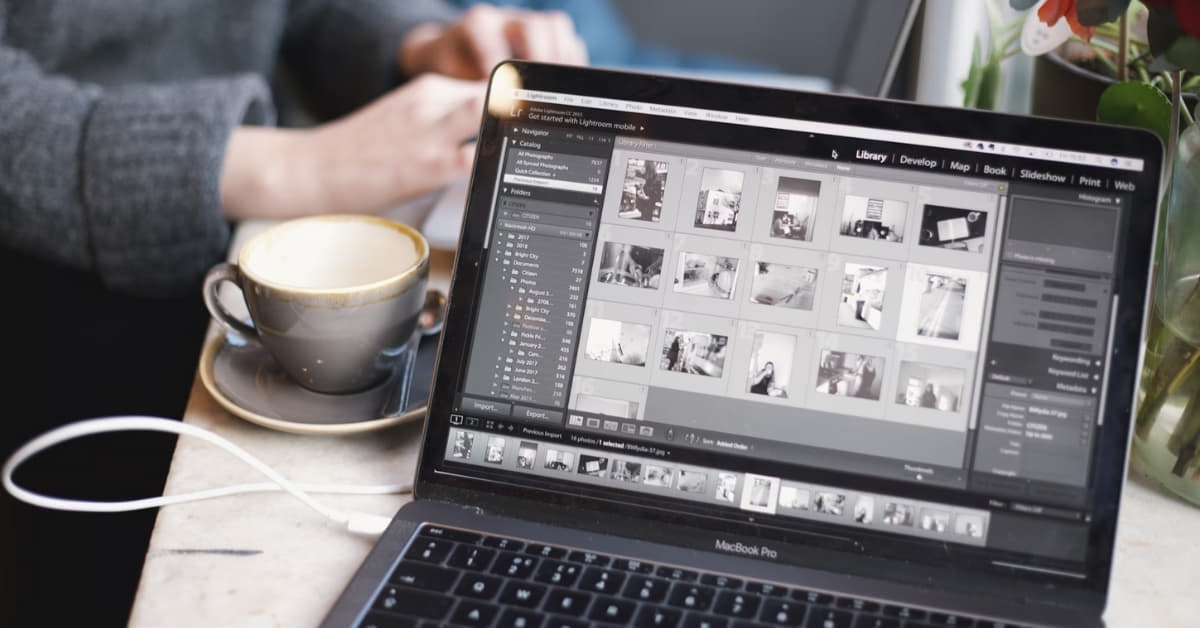In the ever-evolving world of photography, post-processing has become an integral part of the creative process. Adobe Lightroom stands out as a powerful and user-friendly tool for photographers seeking to enhance their images. In this article, we will delve into the world of editing with Lightroom, exploring its features, techniques, and tips to help you unlock the full potential of your photos.
Understanding Adobe Lightroom
Adobe Lightroom is a versatile photo editing software that offers a wide range of tools to enhance, organize, and share your images. Whether you’re a professional photographer or an amateur enthusiast, mastering Lightroom can significantly elevate the quality of your photos.
Key Features of Lightroom
- Non-Destructive Editing:
Lightroom allows you to make edits without altering the original image. This non-destructive approach ensures that you can always revert to the original if needed. - Organizational Tools:
Efficiently manage your photo library with Lightroom’s organizational features. Use keywords, tags, and collections to streamline your workflow. - Develop Module:
The heart of Lightroom’s editing capabilities lies in the Develop module. Adjust exposure, contrast, color balance, and more to fine-tune your images. - Presets and Profiles:
Leverage presets and profiles to apply predefined settings or create your own, saving time and ensuring consistency across your portfolio. - Advanced Retouching:
Remove blemishes, correct imperfections, and enhance details with Lightroom’s advanced retouching tools.
Techniques for Effective Editing
- Balancing Exposure and Contrast:
Use the exposure and contrast sliders to achieve a balanced and visually appealing photo. Adjust highlights and shadows to bring out details. - Color Grading:
Enhance the mood of your photos by playing with color temperature, tint, and vibrance. Experiment with the HSL (Hue, Saturation, Luminance) panel for precise control. - Sharpening and Noise Reduction:
Improve the clarity of your images by applying appropriate levels of sharpening. Combat noise in low-light situations with effective noise reduction techniques. - Cropping and Composition:
Crop your photos to improve composition and eliminate distractions. Use the rule of thirds and leading lines to guide the viewer’s gaze.
Tips for a Seamless Workflow
- Keyboard Shortcuts:
Familiarize yourself with Lightroom’s keyboard shortcuts to expedite your editing process. - Smart Previews:
Utilize smart previews to edit your photos even when the original files are not accessible. - Regular Backups:
Safeguard your edited images by regularly backing up your Lightroom catalog and photo library.
FAQs
Can I use Lightroom on multiple devices?
Yes, Adobe Lightroom is available for both desktop and mobile devices. You can seamlessly sync your edits across devices using Adobe Creative Cloud.
How can I revert to the original image after making edits?
Lightroom’s non-destructive editing ensures that your original image remains untouched. Simply go to the History panel and click on the desired step to revert to that point.
Are there any free alternatives to Adobe Lightroom?
Yes, there are free alternatives like Lightroom CC and Lightroom Mobile, but they come with limitations. Other alternatives include Darktable and RawTherapee.
Can I use Lightroom without an internet connection?
While an internet connection is not required for the basic functionalities of Lightroom, some features, such as syncing with Creative Cloud, may be limited without an internet connection.
How can I export my edited photos from Lightroom?
Navigate to the Library module, select the images you want to export, go to the File menu, and choose the Export option. Adjust settings like file format, resolution, and destination before exporting.
Conclusion
Mastering the art of editing with Lightroom opens up a world of possibilities for photographers. From basic adjustments to advanced retouching, Lightroom provides the tools needed to transform your photos into stunning works of art. Experiment with different techniques, develop your unique style, and let Lightroom be your creative companion on the journey of visual storytelling.
This page was last edited on 27 February 2024, at 1:10 pm
